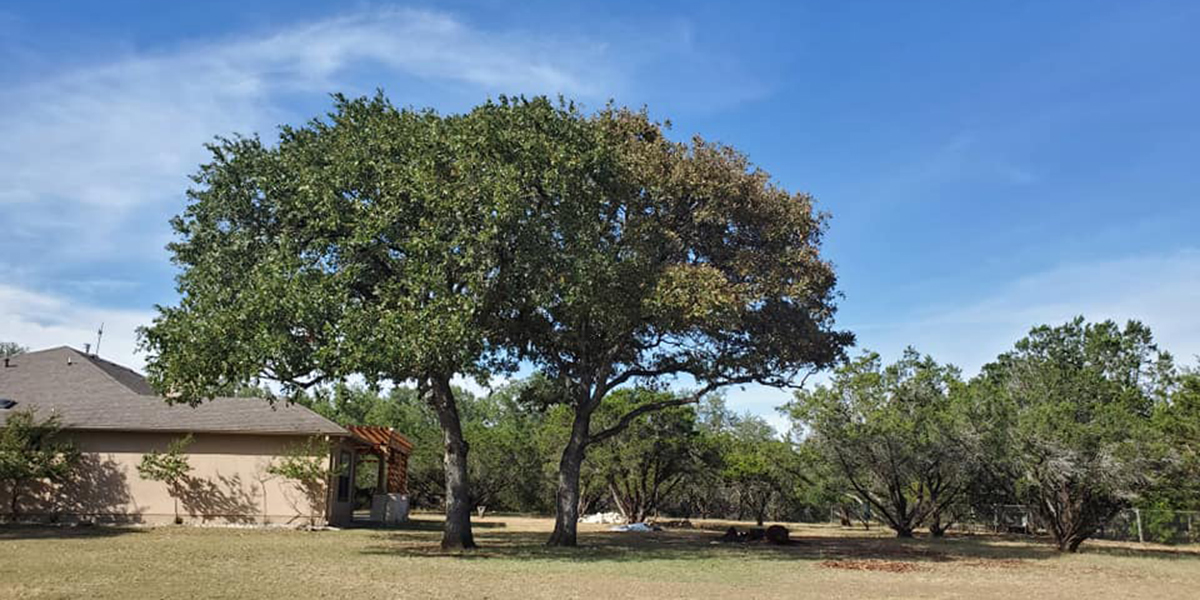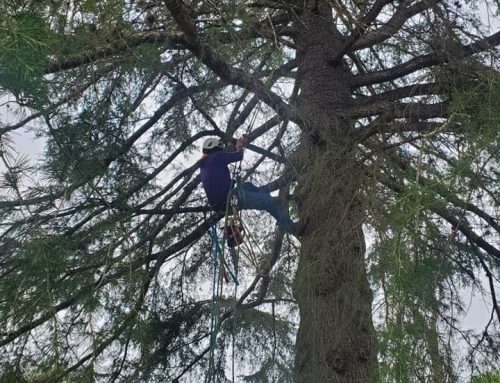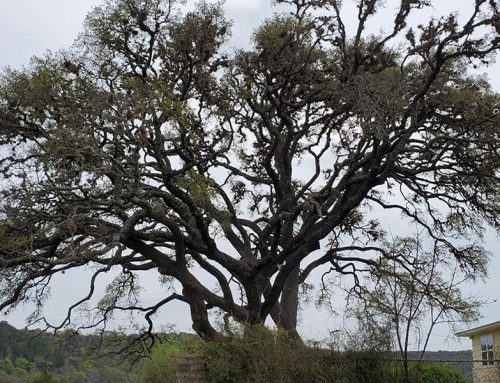Young and new trees will need extra help when they have not developed a firm root. Staking trees will help the young trees grow correctly and prevent falling over. Knowing the best way to stake a tree will help you grow a healthy and sturdy one.
Before Staking a Tree
When you are planting a tree, the next step is applying the proper support it needs. The leading cause of a tree bending or falling over is strong winds. It stunts the growth of a tree or can even break the entire trunk.
Bare-root trees need staking to let their root balls grow as well as newly planted trees that cannot stand up on their own. More trees that need staking are trees with densely crowned leaves and those planted near a sidewalk. Learn more about tree branch support systems in Texas from Rockoff Tree Solutions.
Why Should You Stake a Tree?
- Windy locations
- Trees with small root-balls
- Top-heavy trees
- Wet or sandy soil
- Trees with thin trunks
- Trees planted in a busy area
The Best Way To Stake a Tree
Materials
Before you can stake a tree, you must purchase the materials you need. Generally, wooden stakes are preferable, but metal stakes are used instead for heavier and larger trees.
- Wooden stakes 2×2 inch and about 5 feet tall or at least big enough to support the size of the tree
- Sledgehammer or other tools to pound the stakes into the ground
- A good quality strap or rubber ties to tie around the tree trunks
Figure out how many stakes you need. For example, if the location has heavy winds, you should add more stakes to the ground. Furthermore, you need at least two tree stakes for one tree.
Using a good strap is essential. You can break or damage tree trunks if you use a rough rope. Consider buying a strap made for tree staking.
Staking a Tree
- Place the stakes about 15 inches away from the trunk on opposite sides of the tree. If you are using three stakes, create a triangle shape with the “point” of the triangle facing towards the direction of the wind.
- Use a sledgehammer or other tools to drive all the stakes to the ground. They should be 18 inches deep to ensure stabilization.
- Next, determine the correct spot for tying the stakes to the tree. Usually, it should be 1/2 to 2/3 up the trunk or 18 inches above the ground. Ensure the placement will hold the tree steady by testing the spot yourself before committing to it by gently rocking the tree.
- Tie the straps or wrap the straps around all of the stakes and the tree trunk. Don’t wrap too tightly. The tree should still move gently to have healthy growth and development.
- Remove the stakes after the tree completes its first growing season. For example, if you installed the stakes in the summer, remove them in the fall. Dig the stakes gently when removing them to avoid disturbing the roots.
These steps are the best way to stake a tree. Furthermore, trees can grow large branches that need extra support, so regularly monitor their growth and development. Learn more about when tree cabling is needed.
Call Rockoff Tree Solutions To Get Reliable Tree Services
Rockoff Tree Solutions provide tree fertilization, support systems, and much more. We have a passionate and experienced team that will answer any questions and help you with the service you need. We are an accredited business and certified by the International Society of Arboriculture.
Contact us today to help you support new trees or complete other tree services!



